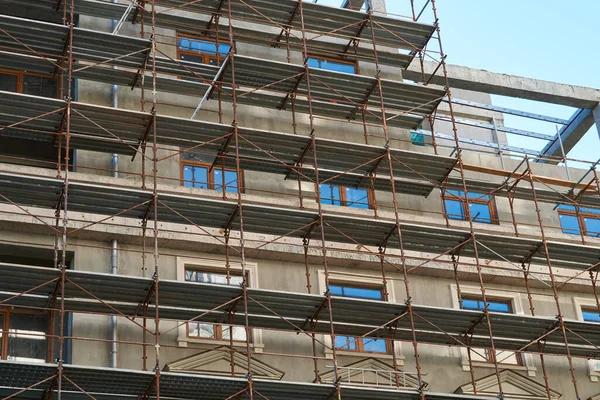Maintaining the structural integrity of older buildings is a critical aspect of preserving our architectural heritage. These structures offer a window into the past, showcasing design techniques and materials that may no longer be in use today. However, due to their age, they often require special attention to ensure their continued stability and safety.
The first step in maintaining the structural integrity of an older building is conducting regular inspections. This process involves examining all aspects of the structure, including its foundation, walls, roof, and any other significant elements. It’s important to look for signs of damage or deterioration such as cracks in the walls or ceilings, sagging floors or roofs, water damage or leaks. Additionally, pest infestations can also severely compromise a building’s structural integrity over time.
Another crucial aspect is understanding and respecting the original construction methods and materials used in these buildings. Older buildings were constructed using different techniques and materials than those used contact us today. For instance, lime mortar was commonly used instead of cement in historical constructions; it allows moisture to evaporate rather than trapping it inside walls which could lead to dampness issues.
Regular maintenance is also key when it comes to preserving an older building’s structural integrity. This includes routine cleaning and repair work like repointing brickwork or replacing damaged tiles on the roof. It’s essential not just for aesthetic purposes but also for preventing further decay from elements like weather exposure.
When repairs are necessary on older structures, one must strive for minimal intervention – meaning that any changes made should be as non-invasive as possible while still effectively addressing the issue at hand. The goal should always be to preserve as much of the original material as possible while ensuring that repairs blend seamlessly with existing features.
Upgrading utilities such as electrical wiring or plumbing systems can pose challenges too since these upgrades need careful planning so they don’t compromise on structure’s strength nor distort its historic character.
Lastly but importantly is consulting professionals experienced with working on older buildings. Architects, structural engineers, and conservation specialists have the knowledge and skills necessary to ensure that any work done on an older building is appropriate and safe.
In conclusion, maintaining the structural integrity of older buildings requires a careful balance of regular inspections, respect for original construction methods and materials, minimal intervention when making repairs, careful planning when upgrading utilities, and consultation with professionals experienced in historic preservation. By following these guidelines, we can ensure that these valuable pieces of our architectural heritage continue to stand strong for generations to come.



